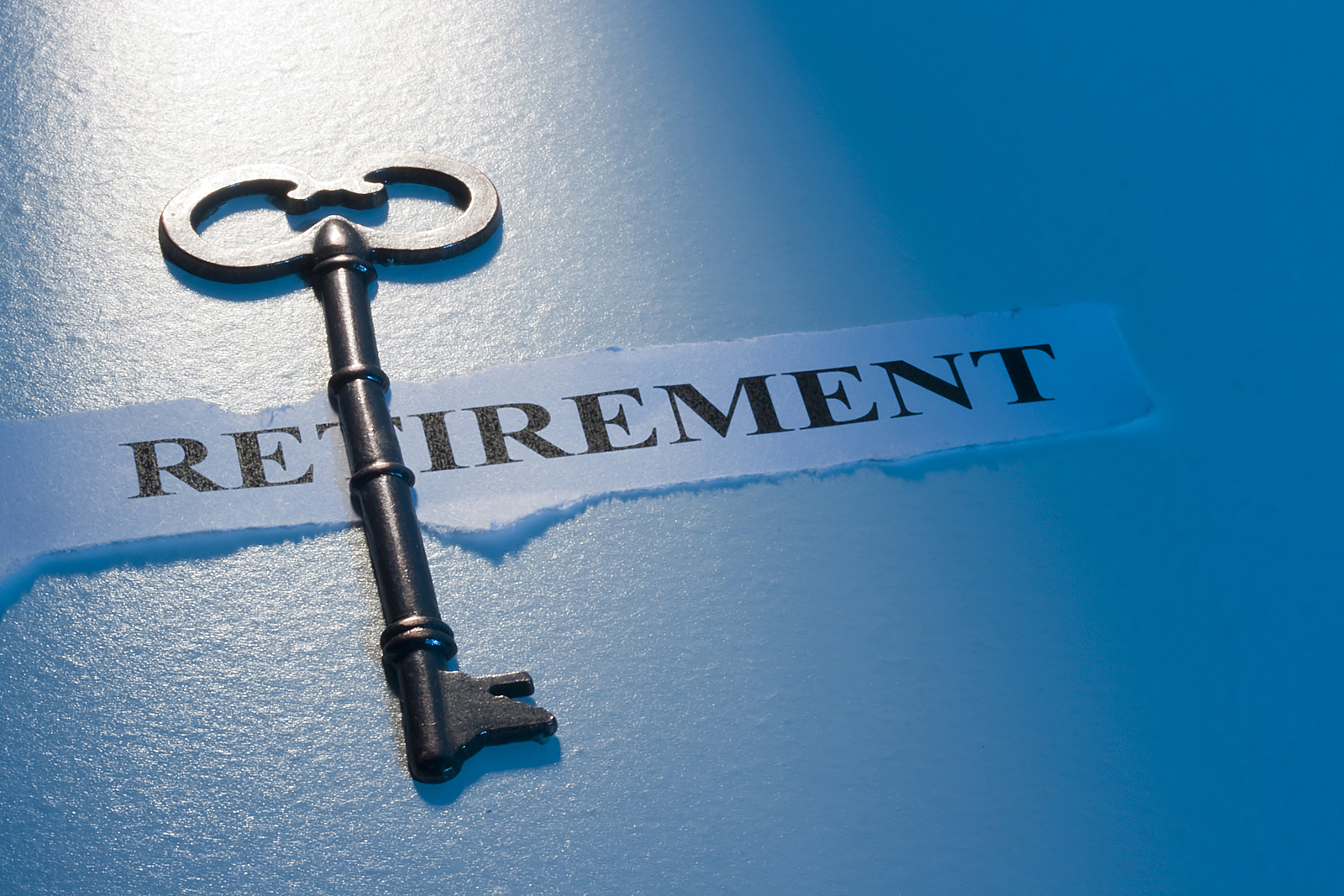Here’s How to Keep Your FEHB as a Federal Employee Ready to Retire

Federal Employees Health Benefits, also known as FEHB, provides federal employees with comprehensive health insurance throughout employment. As one of the most coveted employment benefits programs, it is also one of the most affordable options for what you receive. In addition, contrary to popular belief, FEHB coverage does not have to end at retirement, as long as the employee ensures they have met a specific set of criteria before retiring from the federal government.
When you work with the federal government, you enjoy many highly sought-after healthcare benefits mostly unheard of throughout the US workforce. Suppose you compared federal employee benefits to that of the private sector, especially in terms of cost and quality. You would quickly find that your seemingly expensive policy is quite the bargain. It’s essential to take advantage of these benefits well before retirement approaches. And if you’d like the keep them in your golden years, preplan to extend them beyond employment.
Although there may be a lot of confusion surrounding extending FEHB coverage once you retire, the truth is it is pretty straightforward to keep your coverage. In reality, losing your FEHB plan would be detrimental to your retirement years, especially in terms of paying for healthcare on a set budget as you continue to age. While there is further data regarding coverage for married federal employees, the following details do not apply to your spousal coverage or even for your children but are aimed toward your coverage as an employee of the federal government.
There are three basic rules for keeping your FEHB coverage beyond employment into retirement. Firstly, you have to retire on an immediate pension. Secondly, on the day you retire, you must be enrolled in FEHB. And finally, before retiring, you must have had FEHB coverage for five years before retirement. At face value, these seem pretty straightforward and easy to complete. But, unfortunately, when it comes to the government, the devil is in the details, as we will see.
Retiring on an immediate pension is one of the first rules to extending FEHB coverage into retirement, but what exactly is an immediate pension? Are there pensions that don’t qualify as “immediate”? An immediate pension is one you may establish immediately. It would also count if you were to take one out early, assuming you are eligible. A set of rules, known as the MRA+10 rules, define overall eligibility, which goes to great lengths in helping employees retain their FEHB coverage.
Once you meet the minimum retirement age requirement and have served at least ten years or more, you may qualify to retain FEHB into retirement. However, it is essential to note that there is one distinction to the rule you must be drawing from your pension. When it comes to an MRA+10 type of retirement, people choose to voluntarily postpone drawing from their pension to avoid the penalty. Once you are in pension postponement, you cannot have FEHB simultaneously but will have to wait until the postponement has ended.
In maintaining your FEHB into retirement, the second rule is in regard to FEHB enrollment. You must be enrolled in FEHB on the day you plan to retire. Essentially, the government has no requirements about the terms of your valid FEHB coverage, only that you are currently carrying coverage.
The final suggestion surrounds where your coverage currently lies, whether that’s Kaiser, Aetna, Blue Cross, and beyond. The government is not concerned with whether you change carriers once, twice, or more, only that you are underneath a plan. You may also have family member coverage, such as self plus family, self plus one, or self only. In terms of two federal employees being married, you may choose to switch back and forth between carriers, and the government still wouldn’t care. Whatever you do, you will still be covered under FEHB and meet the rule for retirement, even if you change it up with carriers.
While this bleeds into the five-year rule, it’s important to understand what the five-year rule is exactly. The last five years spent working for the federal government is known as the “five-year rule.” Basically, if you plan to retire on December 1, 2022, you must have been enrolled in FEHB coverage beginning January 1, 2018, and not a day later. It’s imperative that you not have any lapse of service within these five years of employment, too. Understanding the beginning date of your plan could mean the difference between qualifying to continue FEHB coverage through retirement, or foregoing it altogether.
For argument’s sake, let us assume the day comes when you have decided to voluntarily leave FEHB during your employment how does this affect carrying it into retirement? Because of the five-year rule, you must be continuously covered by FEHB and not experience any breaks in service, within the five solid years prior to retirement. If you did choose to end FEHB coverage during employment, your five-year clock will restart upon rejoining FEHB.
Contact Information:
Email: [email protected]
Phone: 3037587400





